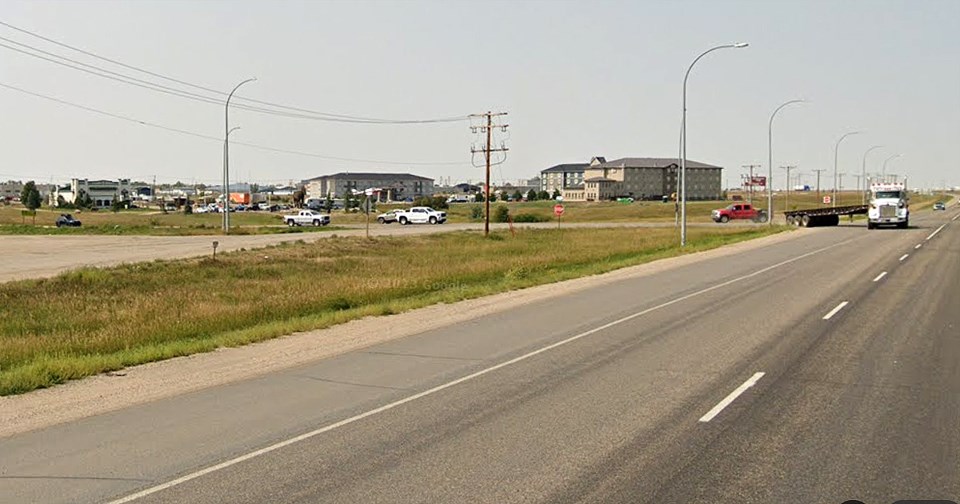MOOSEJAWTODAY.COM — While the percentage of motorists caught speeding on Highway 1 has increased more than 120 per cent year-over-year, the good news is there have been few injuries and no fatalities, police say.
The automated speed enforcement (ASE) cameras caught 3,453 motorists between Jan. 1 and March 31 of this year, compared to 1,552 drivers during the same period last year, an increase of 122.5 per cent, according to statistics that the Moose Jaw Police Service presented during the recent Board of Police Commissioners’ meeting.
Meanwhile, the number of motorists nabbed year-to-date is similar to 2022, when the ASE cameras ticketed 3,263 people.
“What is up with speeding right now?” board chairwoman Crystal Froese said incredulously, prompting chuckles from other commissioners.
The highway cameras nabbed more than 30,000 motorists last year, while based on how the data is tracking, that number will likely be higher this year, said Police Chief Rick Bourassa.
Data from SGI shows the cameras nabbed a total of 30,776 motorists last year, representing roughly 1.45 per cent of all highway users; the highest speed was 166 km/h. Those numbers in previous years were:
- 2022: 29,015 drivers, 1.51 per cent, 172 km/h
- 2021: 30,059 motorists, 1.41 per cent, 166 km/h
- 2020: 30,898 drivers, 1.47 per cent, 186 km/h
- 2019: 32,020 motorists, 1.11 per cent, 160 km/h
The “anomaly” is that there have been no fatal collisions at Ninth Avenue Northwest and Highway 1 since the province installed the ASE cameras. Bourassa continued, which is good since the goal of the program was increased safety.
“There used to be horrible collisions at that intersection. So even though the speeds are continuing, we’re not seeing the collisions,” Bourassa remarked, adding it’s good news that fewer people are being hurt at that intersection.
Commissioner Doug Blanc recalled sitting on a provincial committee years ago and reading a report that said it made no difference in the number of accidents with whether the speed was 100 kilometres per hour or 110 km/h but did make a difference in the fatalities and number of injuries.
“The speed is up there, and it’s unfortunate, but (it is) what it is,” he added.
Bumper-to-bumper problems
Another statistic that caught the board’s eye was motor vehicle collisions over $1,000. Year-to-date, there were 88 incidents compared to 54 last year, an increase of 63 per cent.
Most people don’t report collisions to police because the incidents are minor, but the police service is informed when there are injuries or major damages, said Bourassa. However, because of the materials used to make new cars and all the internal sensors, sometimes it takes only “a tap,” and vehicles experience serious damage.
Commissioner Nicole Swanson said she works for SGI’s claims department and confirmed that the cost to repair vehicles today is “completely insane … (and) completely crazy.” Previously, it took very little work and money to repair bumpers, but today, a new part costs hundreds — if not thousands — of dollars.
“So, that does make sense that that has jumped,” she chuckled.
Other offences
The data showed that for “other” offences in 2024 and 2023 between Jan. 1 and March 31:
- Impaired driving: 25 / 22
- Failing to comply with court orders: 245 / 103
- Threats: 5 / 13
- Domestic disputes: 14 / 11
- Provincial liquor infractions: 28 / 24
- Summary offence tickets: 556 / 535
- Drugs (cocaine, marijuana, meth, other CDSA): 8 / 10
Also, the police have received 4,347 calls for service this year versus 4,295 calls last year, an increase of 1.2 per cent.
The next police board meeting is Thursday, May 2.




